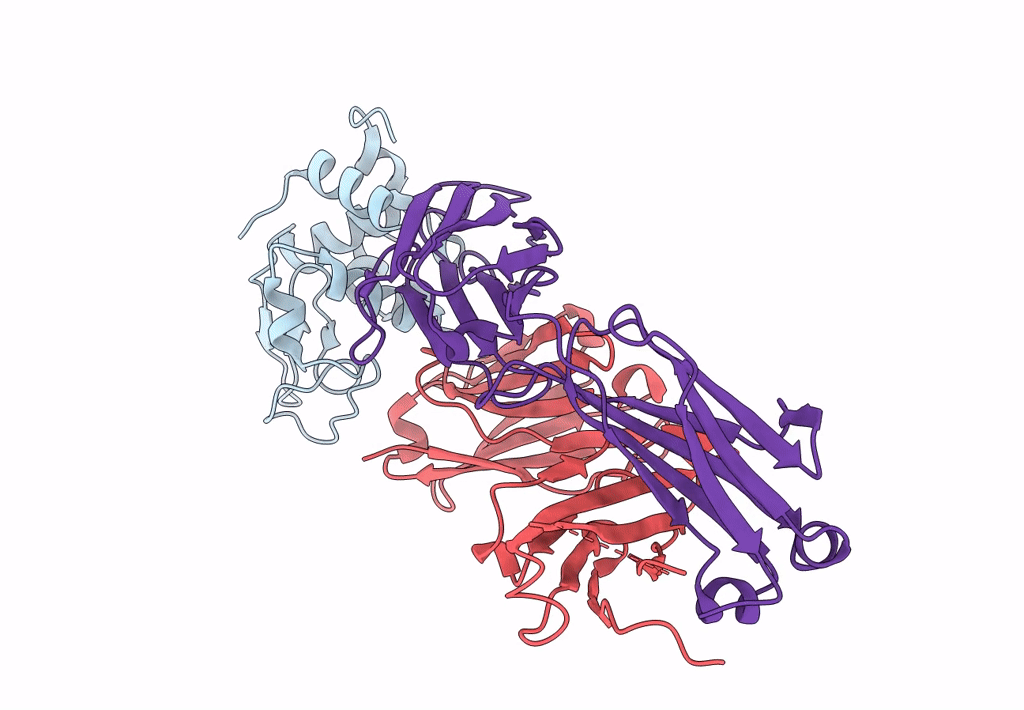
Deposition Date
2019-05-27
Release Date
2020-05-27
Last Version Date
2024-10-23
Entry Detail
PDB ID:
6P4A
Keywords:
Title:
HyHEL10 Fab complexed with hen egg lysozyme carrying two mutations (HEL2x-rigid): R21Q and R73E
Biological Source:
Source Organism:
Mus musculus (Taxon ID: 10090)
Gallus gallus (Taxon ID: 9031)
Gallus gallus (Taxon ID: 9031)
Host Organism:
Method Details:
Experimental Method:
Resolution:
2.20 Å
R-Value Free:
0.29
R-Value Work:
0.22
R-Value Observed:
0.23
Space Group:
P 1 21 1


